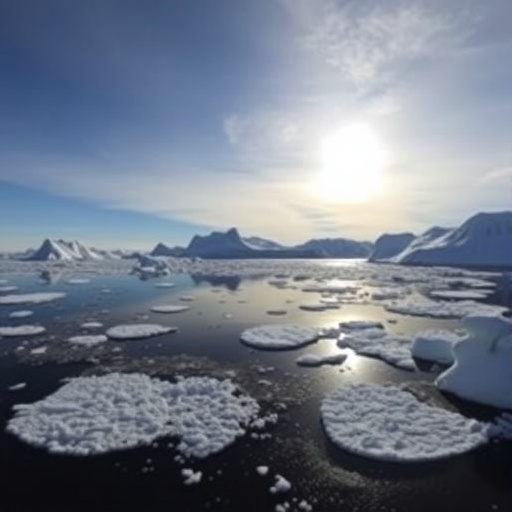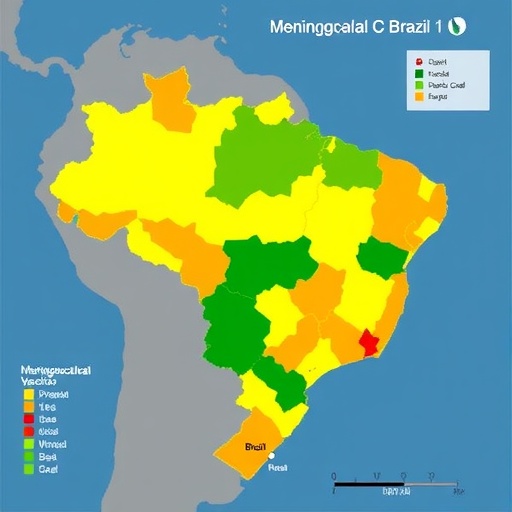The Antarctic Ice Shelves at a Tipping Point: Ocean Warming’s Looming Threat
Antarctica’s ice shelves—the vast, floating extensions of the continent’s ice sheet—are more than just static masses of frozen water. These ice shelves act as critical gatekeepers, restraining the flow of glacial ice from the continental interior into the surrounding Southern Ocean. Their structural integrity is thus vital for controlling global sea level rise. However, a gripping new study reveals that ocean warming poses a grave risk to the stability and longevity of more than half of these crucial ice shelves, threatening to radically reshape the Antarctic landscape and global coastlines alike over the coming centuries.
For decades, scientific investigation has recognized that the loss of Antarctic ice shelves can trigger accelerated discharge of grounded ice into the sea, rapidly amplifying sea level contributions from the southernmost continent. Early research largely focused on atmospheric warming as the main driver of this destabilization, linking rising air temperatures to surface melting and ice shelf fracturing. But this fresh analysis, deploying an innovative integrated approach that incorporates both atmospheric and oceanic processes, underscores the predominant role of ocean-induced basal melting in ice shelf viability under a warming climate.
Using a comprehensive model framework to assess the survivability of 64 Antarctic ice shelves into the 23rd century, the authors rigorously simulate scenarios ranging from restrained warming under 2°C to extreme warming reaching nearly 12°C globally by 2300. Their results are revelatory: if the planet’s temperature increase is held mostly below 2°C, only a single ice shelf is projected to become non-viable by 2300. This optimistic outlook, however, rapidly deteriorates under high-emission scenarios. Once global warming exceeds around 4.5°C, basal melt from warming ocean waters intensifies sharply, driving extensive ice shelf thinning and retreat.
By the mid-22nd century, this melting dynamic causes 26 of the Antarctic ice shelves to lose the ability to maintain their current configuration, a figure that escalates to 38 shelves by 2300 in the most severe warming trajectory. The loss of these ice shelves would remove critical buttressing forces, unleashing the potential for massive ice discharge from the Antarctic interior. Notably, the regions of the ice sheet formerly restrained by these vulnerable shelves contain enough ice to raise global sea levels by approximately 10 meters if fully released—underscoring the existential ramifications for coastal communities worldwide.
Importantly, the study highlights that ocean-induced melting—the process by which warm waters undermine ice shelves from below—plays the dominant role in this large-scale degradation. This challenges earlier narratives that focused mainly on atmospheric drivers of ice shelf collapse. While atmospheric warming contributes to surface thinning and hydrofracturing risks, it is the relentless assault from oceanic heat that emerges as the chief agent eroding these floating platforms’ foundations and viability.
The implications of this work extend well beyond scientific theorizing, holding urgent significance for climate policymakers and adaptation strategists. Protecting the stability of Antarctica’s ice shelves is paramount to averting catastrophic sea-level rise scenarios. Yet the study’s sobering projections illustrate the narrow window for effective global climate mitigation to keep ocean temperatures in check and preserve these natural ice barriers.
Furthermore, the authors note that their estimates represent conservative bounds. The complex interplay between atmospheric warming, ocean-induced melt, and processes like hydrofracturing—the rapid fracturing of ice driven by meltwater infiltration—could accelerate ice shelf collapse even sooner than projected. This synergy between factors intensifies the urgency for multidisciplinary research and observational monitoring coupling the cryosphere and ocean dynamics in unprecedented detail.
This nuanced perspective on ice shelf viability also opens new frontiers for improving climate models. Integrating observational data and refining parameterizations of ocean-ice interactions will be essential to capture the tipping points threatening Antarctica’s stability more accurately. Moreover, dynamic coupling of atmospheric, oceanic, and glaciological processes must guide future forecasting efforts to reliably predict the pace of ice shelf disintegration.
Ultimately, the findings illustrate a clear threshold behavior in the Antarctic cryosphere’s response to global warming. Below roughly 4.5°C warming, many ice shelves display resilience, but surpassing this limit triggers a cascade of ice shelf loss driven principally by ocean heat intrusion. This tipping point-centered outlook provides critical clues to the scale of societal and ecological risk as humanity progresses along diverse warming trajectories.
In conclusion, this landmark analysis serves as a clarion call to the scientific community, governments, and the public. The Antarctic ice shelves do not merely reflect remote cold wilderness but represent a fragile linchpin holding back one of Earth’s largest reservoirs of freshwater ice. As the oceans warm inexorably, the threat to their survival—and the consequent global sea-level rise—poses challenges of unparalleled magnitude. Our planet may soon witness a dramatic reconfiguration of its polar ice and coastlines, contingent on collective choices made today to limit warming and safeguard this icy frontier.
Subject of Research:
Ocean warming and its impact on the viability of Antarctic ice shelves.
Article Title:
Ocean warming threatens the viability of 60% of Antarctic ice shelves.
Article References:
Burgard, C., Jourdain, N.C., Mosbeux, C. et al. Ocean warming threatens the viability of 60% of Antarctic ice shelves. Nature (2025). https://doi.org/10.1038/s41586-025-09657-w
Image Credits: AI Generated
Tags: Antarctic ice shelves stabilityAntarctic landscape transformationAntarctic research and studiesclimate change impact on polar regionscoastal implications of ice lossenvironmental threats to ice sheetsfuture of global sea levelsglacial ice flow and sea level riseice shelf structural integrityintegrated climate modeling approachesocean warming effects on ice shelvesocean-induced basal melting of ice





